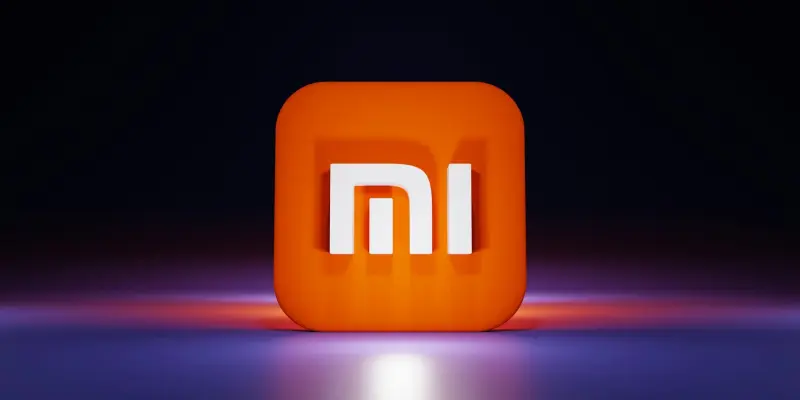Xiaomi is entering a new era in its technological advancements with the introduction of its self-developed smartphone chipset, the XRING O1. This chipset marks the company’s first foray into in-house System on Chip (SoC) development since the launch of the Surge S1. The breakthrough announcement was made by Xiaomi CEO Lei Jun and is set to make its debut in late May, highlighting a significant milestone in Xiaomi’s ambition to enhance its presence in the global chipset market. The XRING O1 is meticulously engineered using TSMC’s 4nm process technology, making it a formidable addition while acknowledging rumors suggesting it would employ a 3nm node. While it may not rival the top-tier powerhouses like the Snapdragon 8 Elite or Dimensity 9400, it is expected to assert itself as a competitive force by matching the prowess of Qualcomm’s Snapdragon 8 Gen 2.
Expanding Chipset Horizons: Xiaomi’s Strategic Push
The XRING O1’s introduction underscores Xiaomi’s strategic efforts to streamline its product offerings by integrating key components such as chipsets into its smartphone production. Its 1+3+4 core configuration, consisting of a prime core reaching up to 3.2 GHz, three performance cores clocked at 2.5 GHz, and four efficiency cores at 2.0 GHz, positions it as a solid choice for smartphone enthusiasts seeking an optimal balance between performance and efficiency. This architecture reflects a keen insight into the nuanced demands of modern smartphone users who seek high processing power yet remain vigilant about energy consumption. By developing its chipset, Xiaomi not only ensures greater compatibility and functionality within its devices but also explores new verticals that promise innovation and unique user experiences. This development could potentially redefine the expectations and dynamics of the smartphone market, propelling Xiaomi further ahead as a technology leader.
Implications for the Industry and Market
The introduction of the XRING O1 by Xiaomi marks a critical milestone for both the company and the tech industry at large. For Xiaomi, this move highlights a substantial commitment to mastering its hardware and software synergies, in line with a growing industry trend where major manufacturers seek to minimize reliance on external chipset providers. By developing in-house chip expertise, Xiaomi aims to set itself apart from competitors and establish a significant position in upcoming technological advancements. This approach ensures quick adaptability to consumer needs and lessens the impact of supply chain disruptions. On a broader scale, Xiaomi’s initiative might inspire other smartphone companies to pursue similar paths, fostering a climate of independence and pushing technological boundaries. As consumers become more discerning about device performance and sustainability, this could spark wider conversations about future directions and the ethical considerations in tech manufacturing and innovation, showcasing that Xiaomi is at the forefront of these industry advancements.

